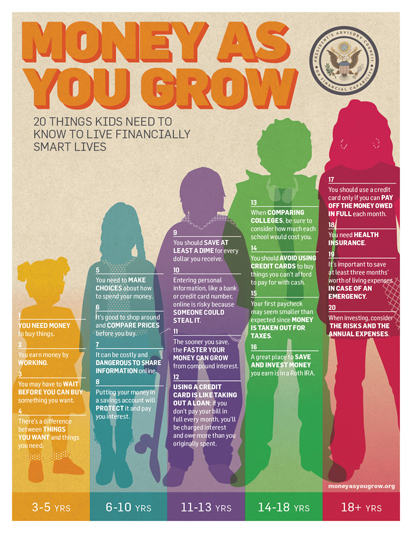
The City of Winston-Salem is fortunate to have been selected as one of three cities in North Carolina to participate in the Corporation for Enterprise Development's Municipal Economic Opportunity Project (MEOP).
Participating in MEOP gave Winston-Salem and Forsyth County an opportunity to study asset poverty. Asset poverty is a measure that establishes a minimum threshold of wealth needed for household security. A household is considered asset poor if it does not have sufficient assets to support itself at the federal poverty level for at least three months in the absence of income.
The findings may surprise you. The study found that 39% of households in Winston-Salem/ Forsyth County live in asset poverty. This is concerning because these families are a job loss or illness from falling below the poverty line.
For the full report visit: http://www.newcenturyida.org/documents/WS_MEOP_Report.pdf.
Is this surprising information to you? What do you think we should do to reduce the number of households living in asset poverty and help families become more financially stable?






